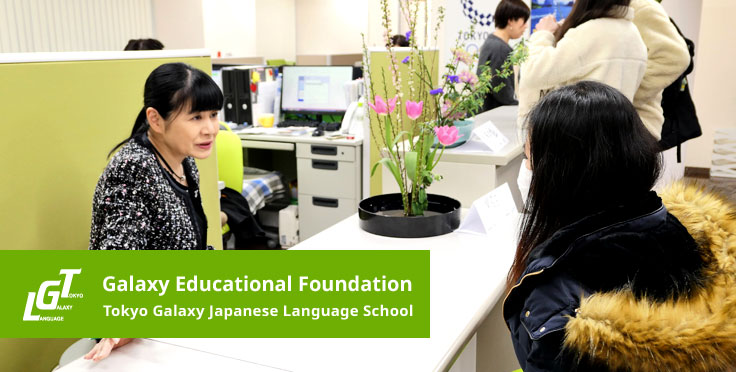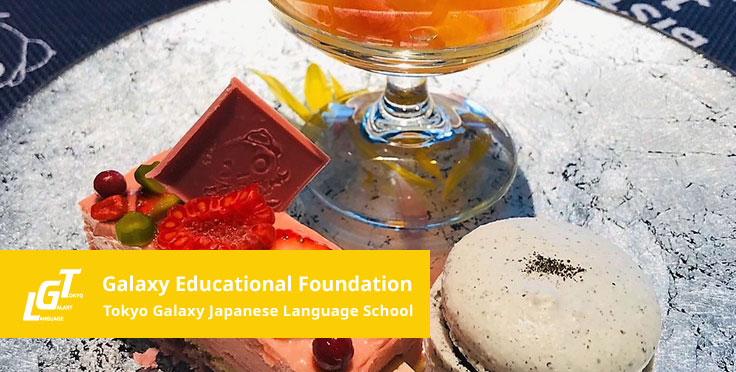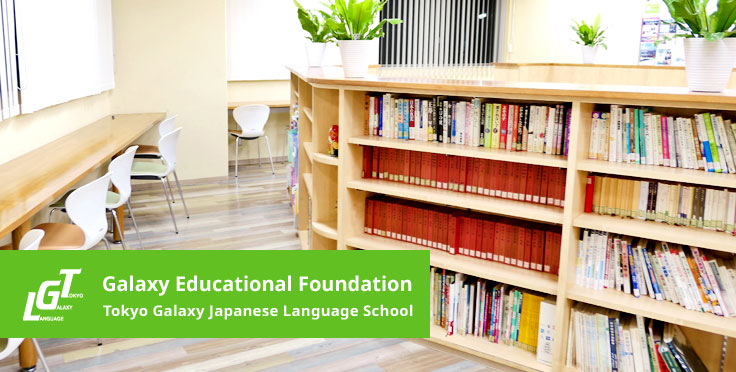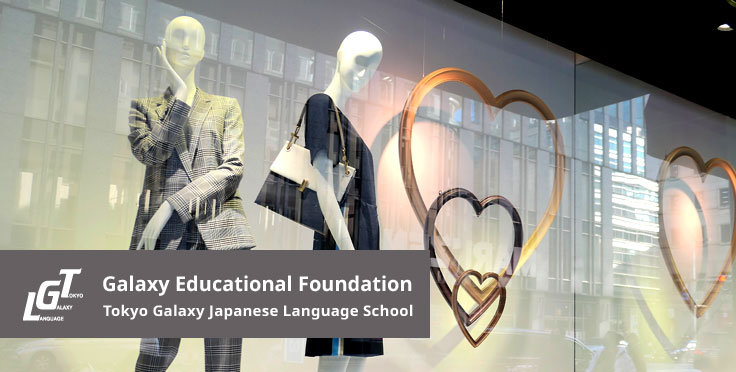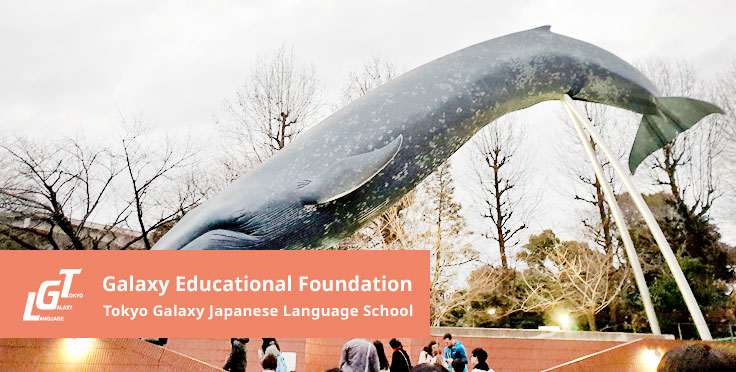To those of you who have begun studying at Tokyo Galaxy Japanese Language School, we are going to tell you about things we want you to think about before deciding on which Japanese university to attend.
Have you ever pondered about yourself? When you think deeply about yourself, you would come up with various ideas of things that you want to try. You might be thinking like “I want to do something like this” or “I want to study this theme because I am interested in this field”.
Then what should you do next? Will you submit your application to some Japanese universities? There are various aspects that should be considered when deciding on a university: EJU scores, types of entrance examinations such as English tests, essays and interview tests, location of the university and its atmosphere, employment status of its graduates and so on.
Perhaps you might be thinking of applying to a university that suits your academic grade. Perhaps your first choice has been the Faculty of Law of University A because you want to study law, but if your academic results are not that good, you might change your mind and apply to the Faculty of Literature of University B just because it seems to be easier to get in.
However, we do not recommend this. The reason is that it is nothing but a waste of time to spend four years in Japan studying in a field that doesn’t interest you. It’s possible to get in a university if it selects its students based on only their EJU scores, but if they have an interview test, the interviewer is likely to ask you something other than general questions. Then you might have to make up an answer to the unanticipated question, or worse, you might get confused and cannot answer at all.

Rather than just judging from your academic grades or the famousness of the university, we recommend you to decide the university you want to attend by doing a search and finding out which university has an undergraduate school where you can study things that you are really interested in, and an environment that provides you an excellent education. Your study abroad will be meaningful by making a choice of school in this way.
For those with worries such as “what will I do if I find out that my school was not like I expected?” we would recommend to join an open campus event. You will have the opportunity to talk directly with professors and students while visiting Japanese universities. If you attend an open campus event, you will be informed a lot about the school, even about the atmosphere during the actual exam. At the interview test, you can include your impressions of the open campus when you are asked to tell why you decided to apply for the university. By doing this, you will be able to convey your thoughts with conviction and confidence.

Last but not least, we want you to be careful about the time and place of the entrance examinations, which is something students often forget to note. Most people submit their applications to several universities, but it’s important to be sure that the application periods and the dates of the entrance exam does not coincide with each other. If you are going to take a test in Osaka the next day after taking another test in Tokyo, it would be difficult to concentrate on preparation and you might become exhausted mentally, having to prepare for so many things.
Tokyo Galaxy is offering classes that fully reflect the things we have mentioned above. At the classes starting from April, we will give detailed instructions on how to find a university that suits you, thinking about what you want to do in Japan, as well as preparing for the EJU. Then, in June, you will be working on the structure of your statement of purpose. At the time when you submit your application, you will be able to complete a high-quality statement of purpose, and submit it with confidence along with your EJU score report.
Your study year will surely be fulfilling when you work hard on your university entrance exam preparation at Tokyo Galaxy’s preparation classes, packed with the know-how we have accumulated, and do your best till the end, believing in yourself, just like your seniors at our school.
We encourage you to prepare for your university entrance exams with good time in advance, so that you can analyze your personality first, and then make a plan.
